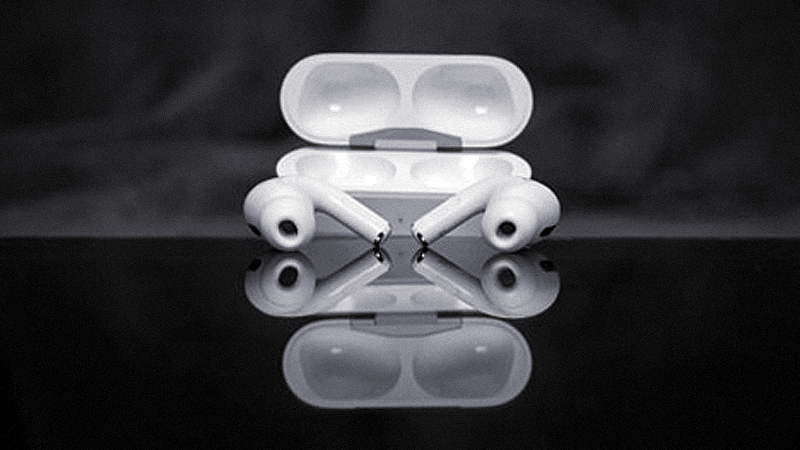Vendors try to tackle the issue of MSP programs in the modern era
3 November 2022

Apple released its second-generation AirPods Pro in Q3 2022, with noticeable improvements in sound performance without introducing new health and fitness tracking features.
Apple’s recently released AirPods Pro 2 feature unique selling points, such as the adaptive transparency mode that can protect hearing by automatically lowering the volume of loud noises around the user. But, beyond hearing health features, no new health-tracking features were introduced in the latest AirPods Pro, despite Apple’s Kevin Lynch hinting at such possibilities in interviews.
Apple is typically cautious but adventurous regarding new feature development features, especially untested ones. It spends a lot of time developing health-tracking features that can be integrated into AirPods, including working with Cornell University on using breath audio for estimating respiratory rate in 2021. But health features were left out of the latest AirPods Pro release, likely due to Apple’s prioritization of audio performance improvements to drive upgrades and attract new users. Apple also needs to consider the impact on battery life and ensure software and algorithm maturity to avoid under-delivering on any promises. It also makes sense that Apple would explore making AirPods’ health and fitness features highly differentiated from what it offers with the Apple Watch to avoid cannibalization.
Integrating additional biosensors into TWS is very difficult, as seen in a number of vendors’ recent unsuccessful attempts. In 2021, Amazfit unveiled PowerBuds that could track users’ heart rates and detect sitting postures to prevent health issues. While the use cases were clear, the market’s response was lukewarm as consumers were not convinced to buy a specialized TWS device at a premium just for health tracking. On the other hand, HONOR integrated temperature measuring (HONOR claimed it has AI monitoring and can provide high-low temperature notification) in its TWS device, but the use of the temperature data is unclear.
For most consumers, TWS’ health-related applications are relatively niche and have not yet become a strong purchase driver. But exploring health-related features on TWS is worthwhile as the ear can provide a suitable position to place sensors for data collection. Such integration can help broaden the use of TWS devices and drive the next wave of growth. For health tracking to become a key growth driver for TWS, the use cases must be obvious and provide meaningful and actionable information for users, backed by years of R&D investment with medical institutions to ensure feature feasibility and efficacy.
Due to the macroeconomic headwinds affecting the smart personal audio market, most vendors are expected to prioritize simply surviving the highly competitive market in 2022 and 2023. Under such circumstances, the industry will only see the wider development and adoption of health-tracking features in TWS from 2024. For now, vendors should start plotting for the rise of multi-purpose TWS devices and strategize on finding a great fit within respective ecosystems complementing vendors’ long-term digital health strategies.